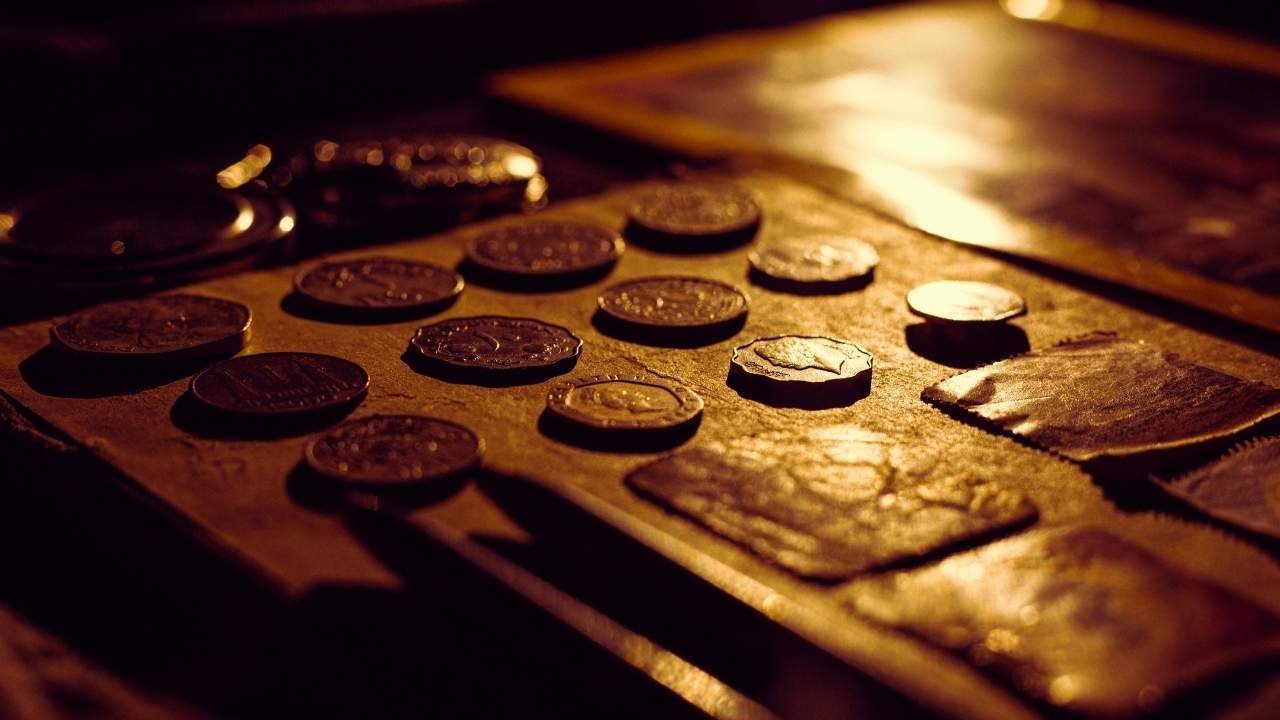Tucked away in your pocket or an old jar, a single penny could be worth a whopping $49,000. The Lincoln Wheat Penny, first minted in 1909, is a collector’s dream, with some rare versions still floating around in circulation. These coins, featuring Abraham Lincoln on the front and two wheat stalks on the back, were made until 1958, and certain ones are now worth a fortune due to minting errors or low production. Coin enthusiasts are buzzing, urging folks to dig through their change for a hidden treasure. With such a big payday possible, it’s time to learn what makes these pennies so special.
What’s a Lincoln Wheat Penny?
The Lincoln Wheat Penny was created to honor the 100th anniversary of Abraham Lincoln’s birth. It has his face on one side and wheat stalks on the other, with the year and mint mark below. Billions were made, so most are worth just a cent, but rare ones from specific years or with mistakes can fetch thousands. Collectors love them for their history and the thrill of finding a valuable one. The $49,000 price tag often ties to unique errors or rare mint marks that set certain pennies apart.
Why Are Some Pennies So Valuable?
The big money comes from rare minting errors or low-mintage years. For example, a 1914-D penny in top condition can sell for $49,000 because only 1.2 million were made in Denver. Other valuable ones include the 1909-S VDB, with just 484,000 minted and the designer’s initials on the back, or the 1955 Double Die, where the date and words look doubled. These errors make coins stand out, driving up their value at auctions. Even circulated pennies with these traits can bring hundreds or thousands.
How to Spot a $49,000 Penny
To find a valuable Lincoln Wheat Penny, check these details:
| Feature | Details |
|---|---|
| Key Years | 1909-S, 1914-D, 1931-S, 1955 Double Die |
| Mint Mark | Look for “S” (San Francisco) or “D” (Denver) |
| Errors | Double die (blurry text/date) or missing letters |
| Condition | Less wear, sharper details mean higher value |
Use a magnifying glass to spot small mint marks or errors. A 1914-D penny should have a clear “D” under the year, while a 1955 Double Die shows obvious doubling in “LIBERTY” or the date. If it looks odd, don’t clean it; cleaning can ruin its value. Take it to a coin shop or grading service like PCGS for a professional check.
Where to Find These Rare Pennies
The best part? These pennies might still be in circulation. Since they were used for decades, check your change from stores, bank coin rolls, or old piggy banks. Flea markets, yard sales, or inherited collections are also hot spots. For example, a 1909-S VDB penny was found in a junk coin box and sold for over $10,000. Coin shows or online marketplaces like eBay can turn up leads, but beware of fakes. Posts on X show collectors finding rare pennies in everyday change, so the hunt is real.
How to Cash In on a Find
If you think you’ve got a valuable penny, handle it carefully and don’t clean it. Visit a trusted coin dealer or send it to a grading service for authentication. If it’s a rare one, like a 1914-D or 1955 Double Die, auction houses like Stack’s Bowers could help you sell for top dollar. Even lesser errors, like a 1922 “No D” penny, can fetch hundreds. Recent sales show a 1914-D in great shape hitting $49,000, while others sold for $1,000 to $5,000. Checking your coins could pay off big.
Don’t Let a Fortune Slip Away
A $49,000 Lincoln Wheat Penny could be hiding in your change right now. Whether it’s a rare 1914-D, a 1909-S VDB, or a double die error, these coins are out there waiting. Grab a magnifying glass, check your pennies, and visit coin shops or estate sales. The next cent you pick up could be worth thousands, turning pocket change into a life-changing find. Start hunting today; your dream penny might be just a coin away.
